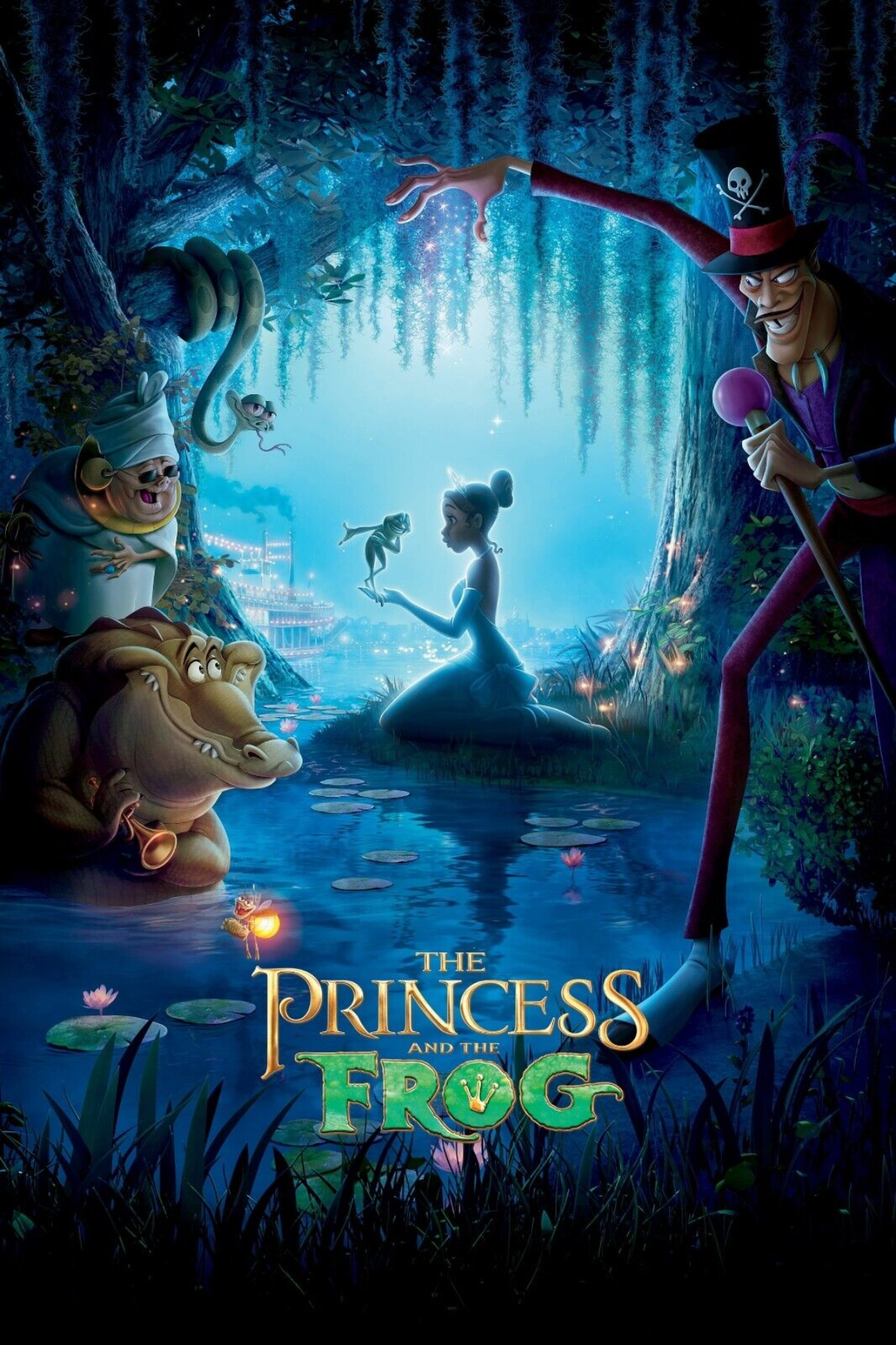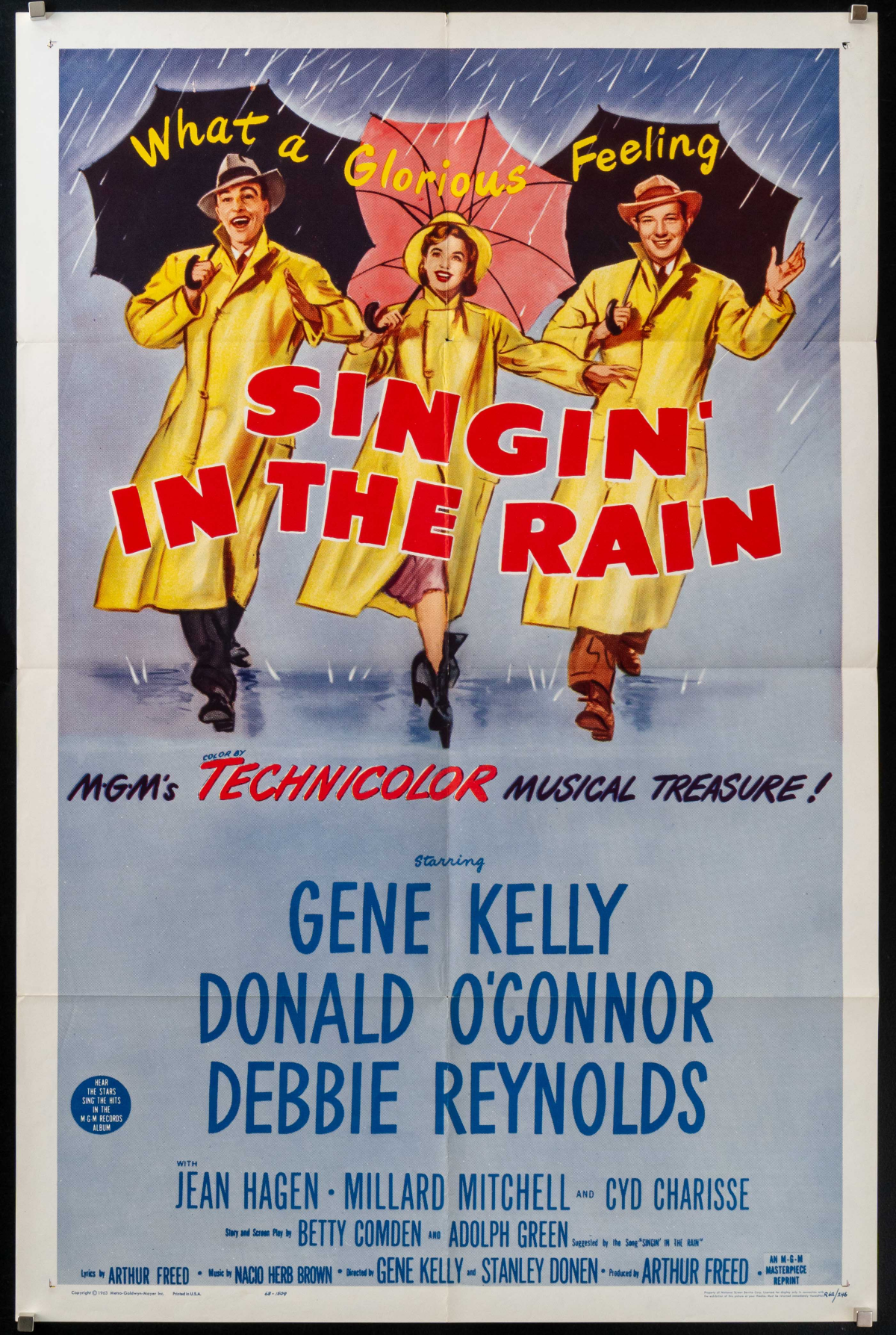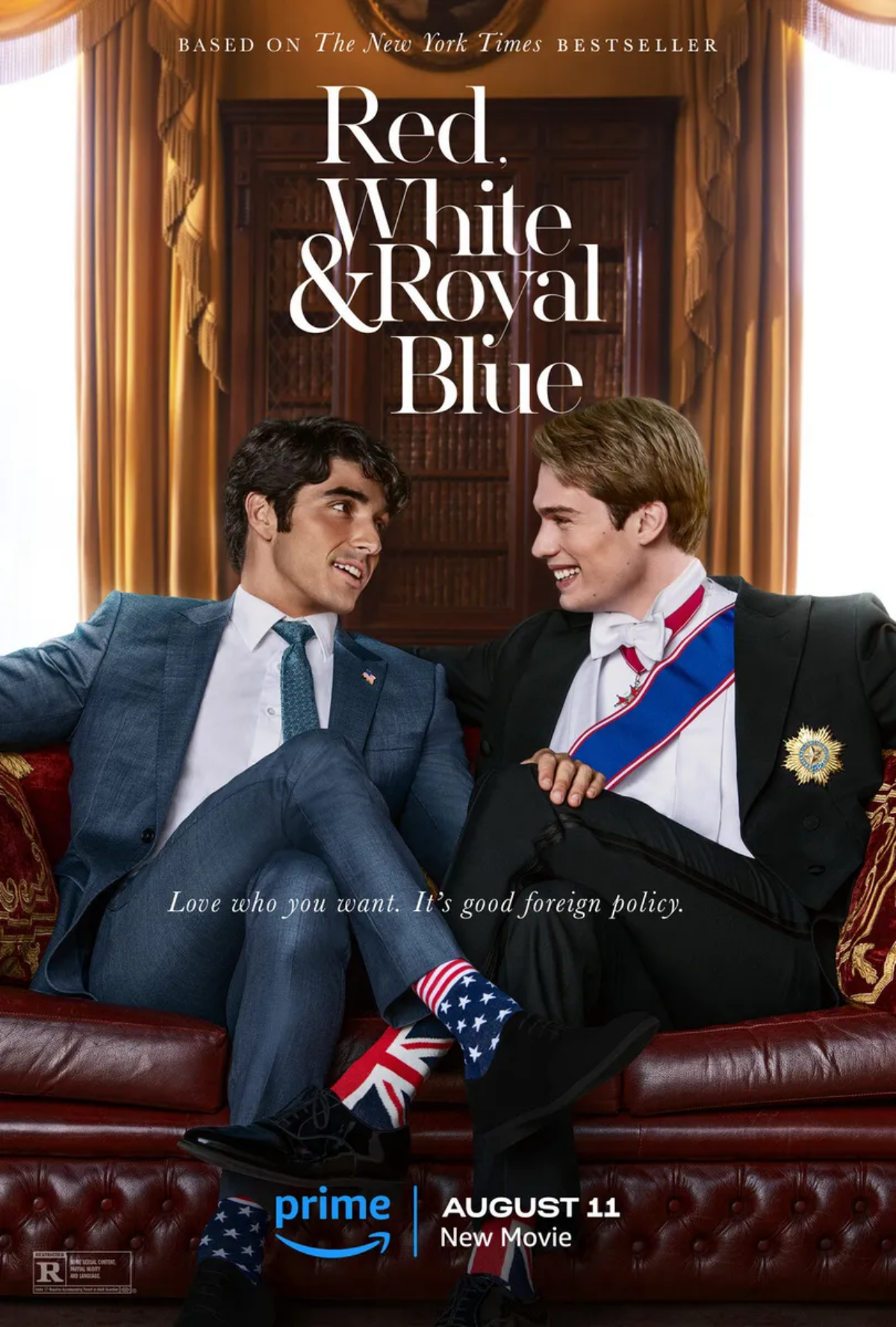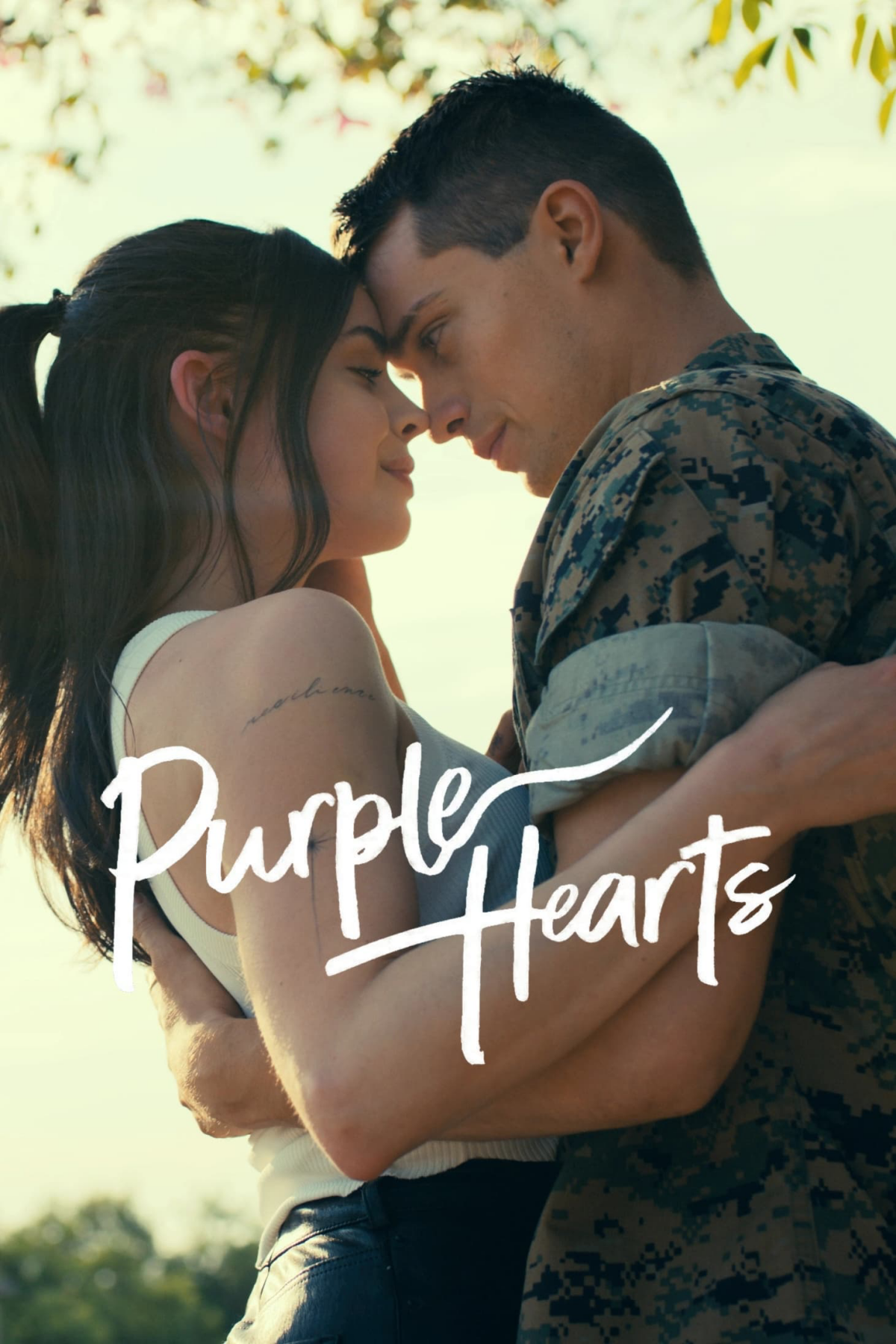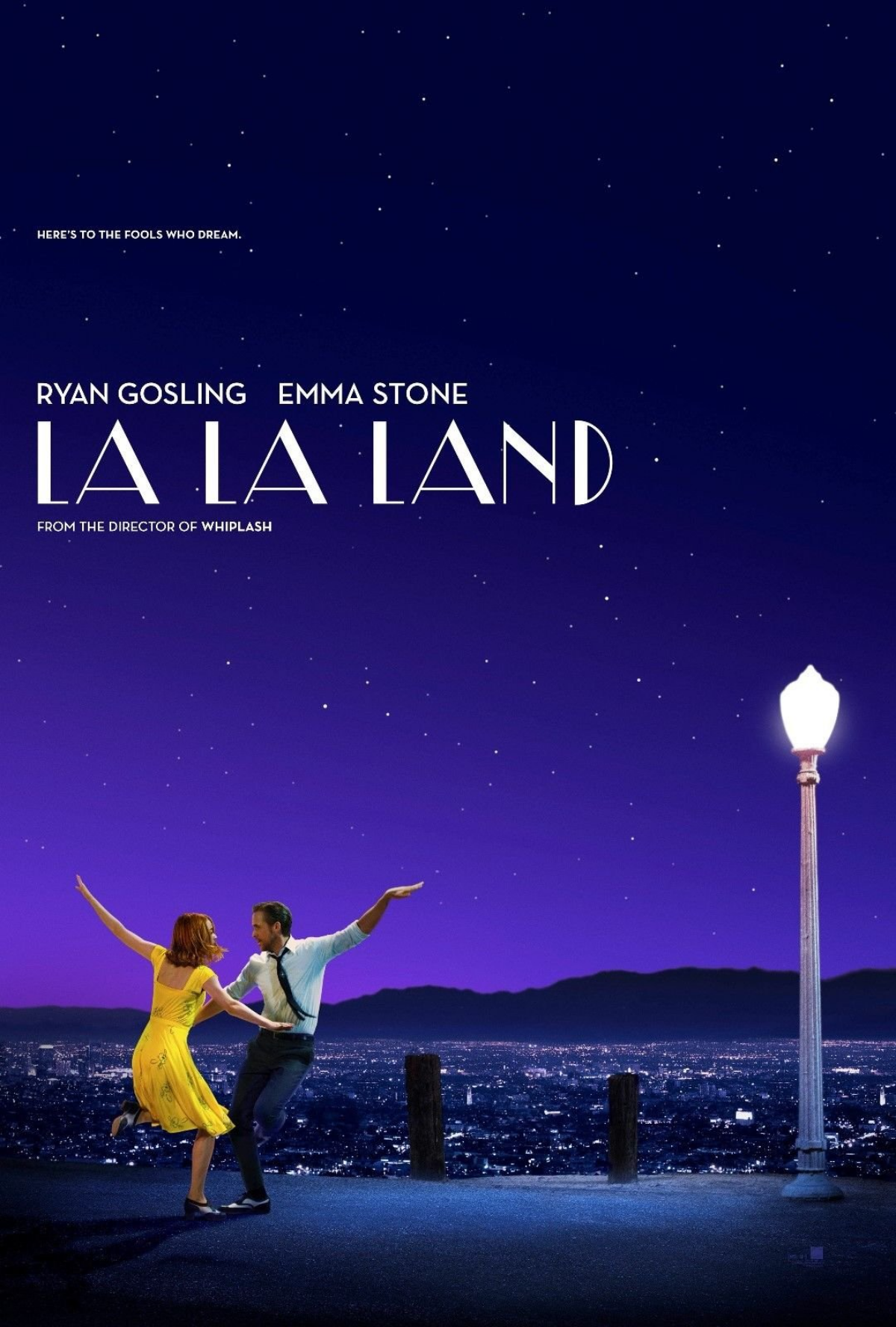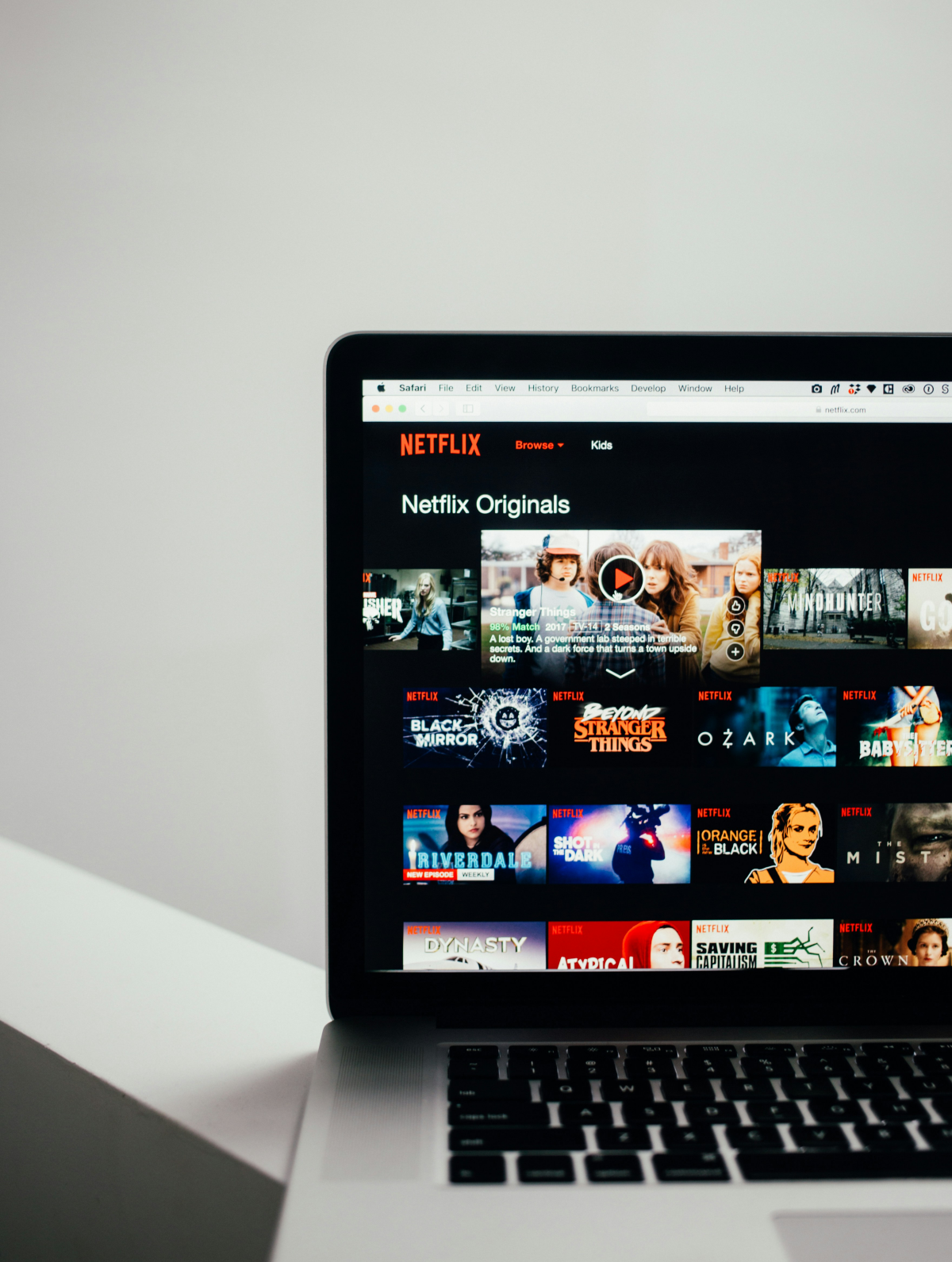From Hate to Hand-Holding: Why We’re Obsessed with Enemies-to-Lovers
I’ve been in the storytelling game for a long, long time. As someone who helps writers get their stories straight, I’ve taken apart just about every plot you can imagine. And yet, there’s one that always pulls me back in: the journey from enemies to lovers.
In this article
Honestly, calling it a “trope” feels a little cheap. When it’s done right, it’s a masterclass in character development, forcing two people to look past their own pride and prejudice (pun intended) to see what’s really there. It’s about turning friction into fire, and when it works, it’s one of the most satisfying things you can ever watch.
Some stories, like those about professional rivals, nail this vibe perfectly, showing how a fierce competitive streak can be a pretty thin mask for some serious unspoken attraction. But the idea is much older than the modern office. So, let’s pop the hood and see what makes this powerful narrative engine run so well—and what makes it sputter and fail.
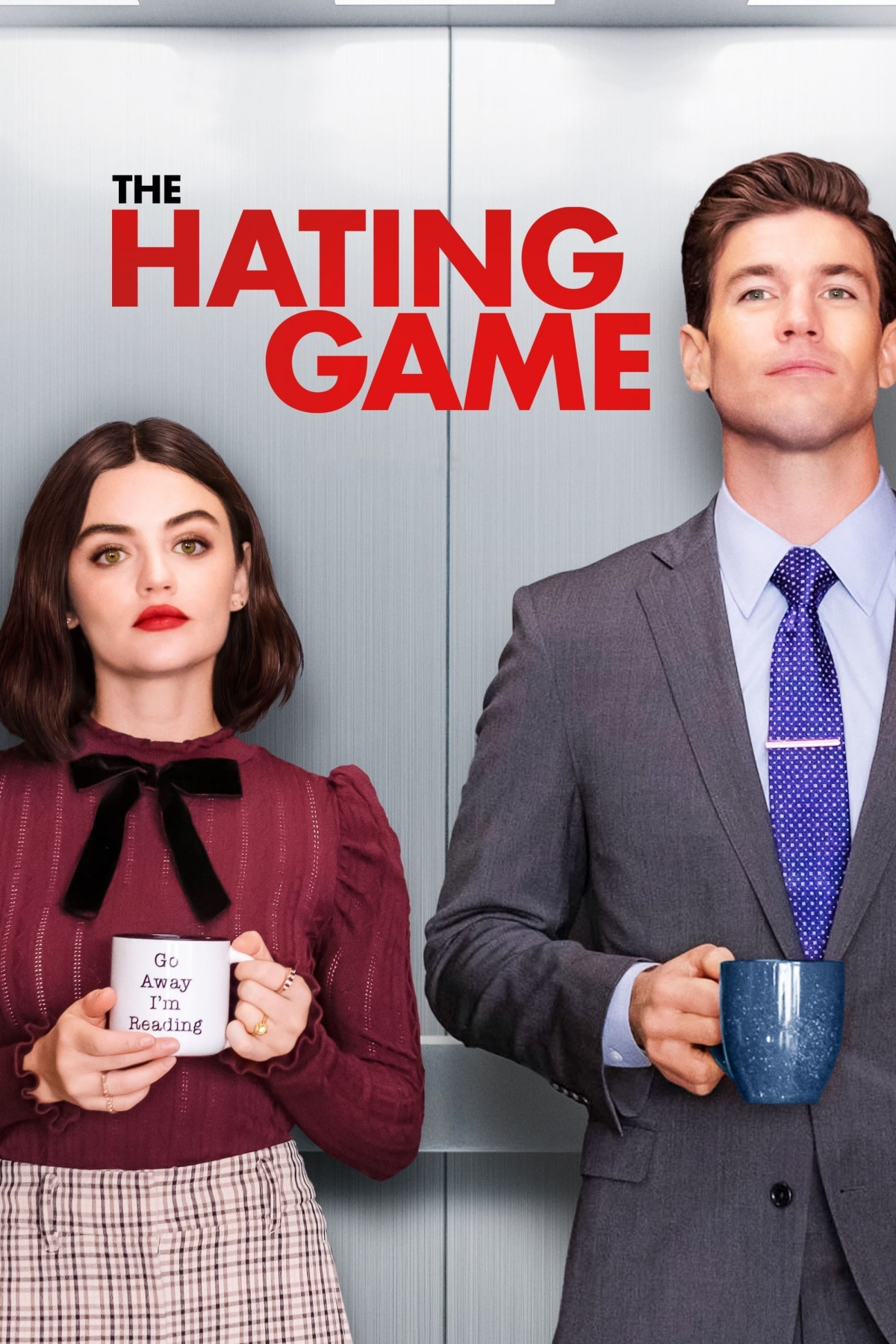
Why Our Brains Love This Stuff
At its heart, the enemies-to-lovers story is all about one thing: the sweet, sweet release of tension. Storytelling 101 says you need conflict, right? Well, by starting two characters off as total opposites, you’ve got instant, high-stakes conflict baked right in. Their goals are at odds. Their personalities clash. They can barely stand to be in the same room. For a writer, that’s pure gold.
The Allure of a Worthy Opponent
Now, this isn’t about watching a bully pick on a victim. That’s not fun for anyone. The “enemy” has to be a worthy opponent. Think about those classic stories where a headstrong, witty heroine isn’t the least bit intimidated by a wealthy, ridiculously proud suitor. She calls him out on his arrogance, and he, in turn, is completely captivated by her spirit, even while he’s being a total snob about her family.
That equality of wit and will is the secret sauce. Even if they can’t stand each other, there’s a grudging respect simmering under the surface. You just know that if they could ever point all that fiery energy in the same direction, they’d be unstoppable. And that’s what keeps us glued to the screen.

The Magic of Forced Proximity
You can’t fall for someone you never have to deal with. So, the story has to cook up a reason to shove these two people together. It’s a classic writer’s trick that always works.
Maybe it’s a shared office and a promotion they’re both gunning for. Or maybe it’s a fake engagement to keep someone from getting deported (a wild premise, but it makes for a great movie!). On the surface, being stuck together just makes things worse. But what it’s really doing is creating cracks in their armor. They start seeing each other when their guard is down—stressed out, being unexpectedly kind, or even cracking a joke. You can only keep up the animosity for so long at close range before the walls start to crumble.
That Slow, Painful Reveal of Vulnerability
The big shift from hate to love is almost always sparked by a moment of vulnerability. It’s the instant one character sees the real person behind the defensive walls. It could be a glimpse into a messy family life, a quiet confession of a past hurt, or a moment of total failure.
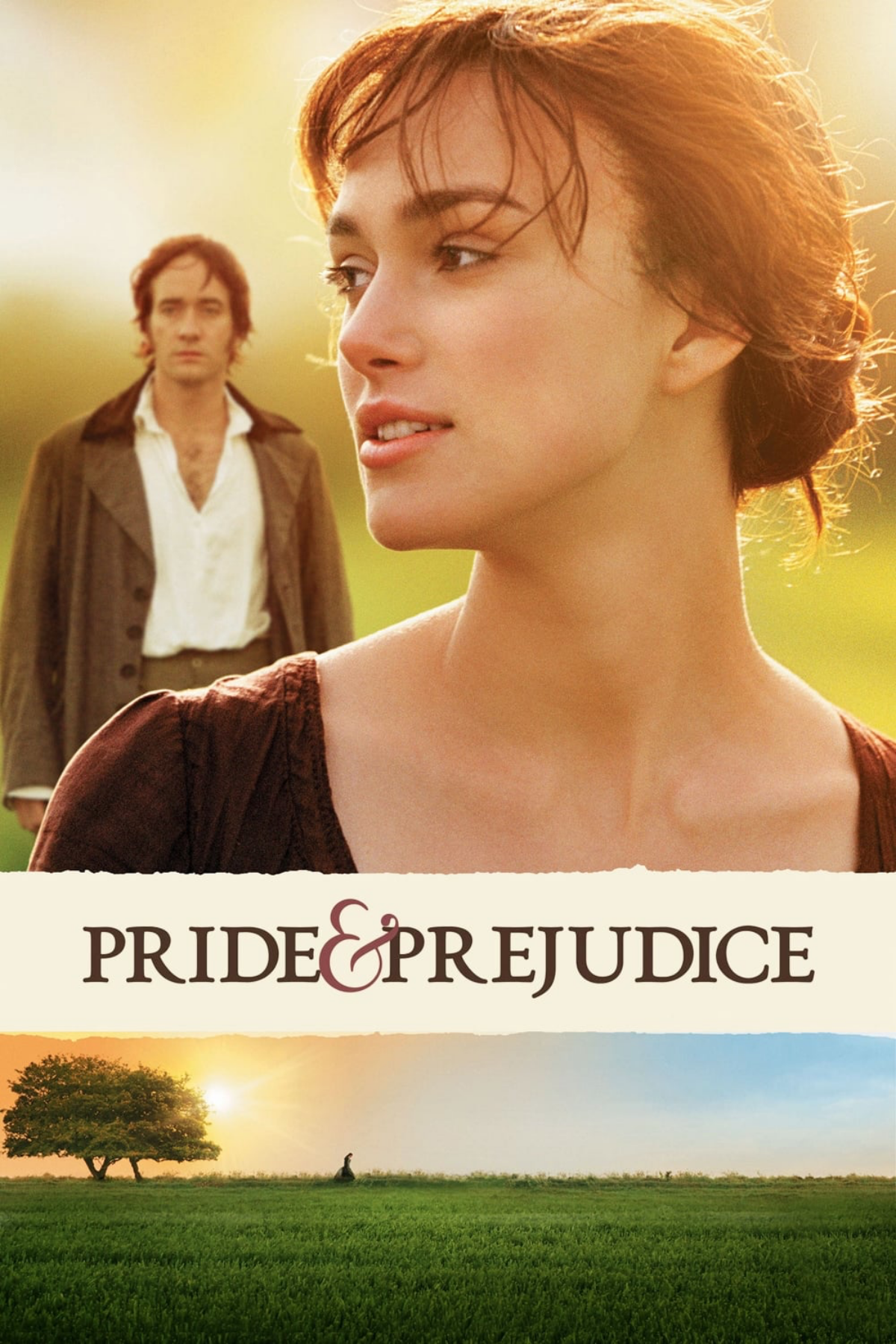
Think about that classic teen movie where the tough, standoffish girl finally reveals the painful reason she pushes everyone away. The guy who was literally paid to date her suddenly sees her not as a conquest, but as a person. These moments are narrative dynamite because they re-frame everything. The “enemy” is no longer an obstacle; they’re a complex human with their own baggage. That’s where empathy begins, and love often follows right behind it.
The Filmmaker’s Toolbox: How They Pull It Off
A great enemies-to-lovers arc doesn’t just happen by accident. It’s carefully constructed with a few key techniques. I’ve seen these work time and again, both on the page and on the screen.
Dialogue That Does the Work
Pay attention to how they talk to each other. At the beginning, the dialogue is all sharp, defensive banter—it’s verbal armor. They’re scoring points and keeping each other at a distance. Think of any movie where two people trade witty, cynical jabs. Their words are weapons.
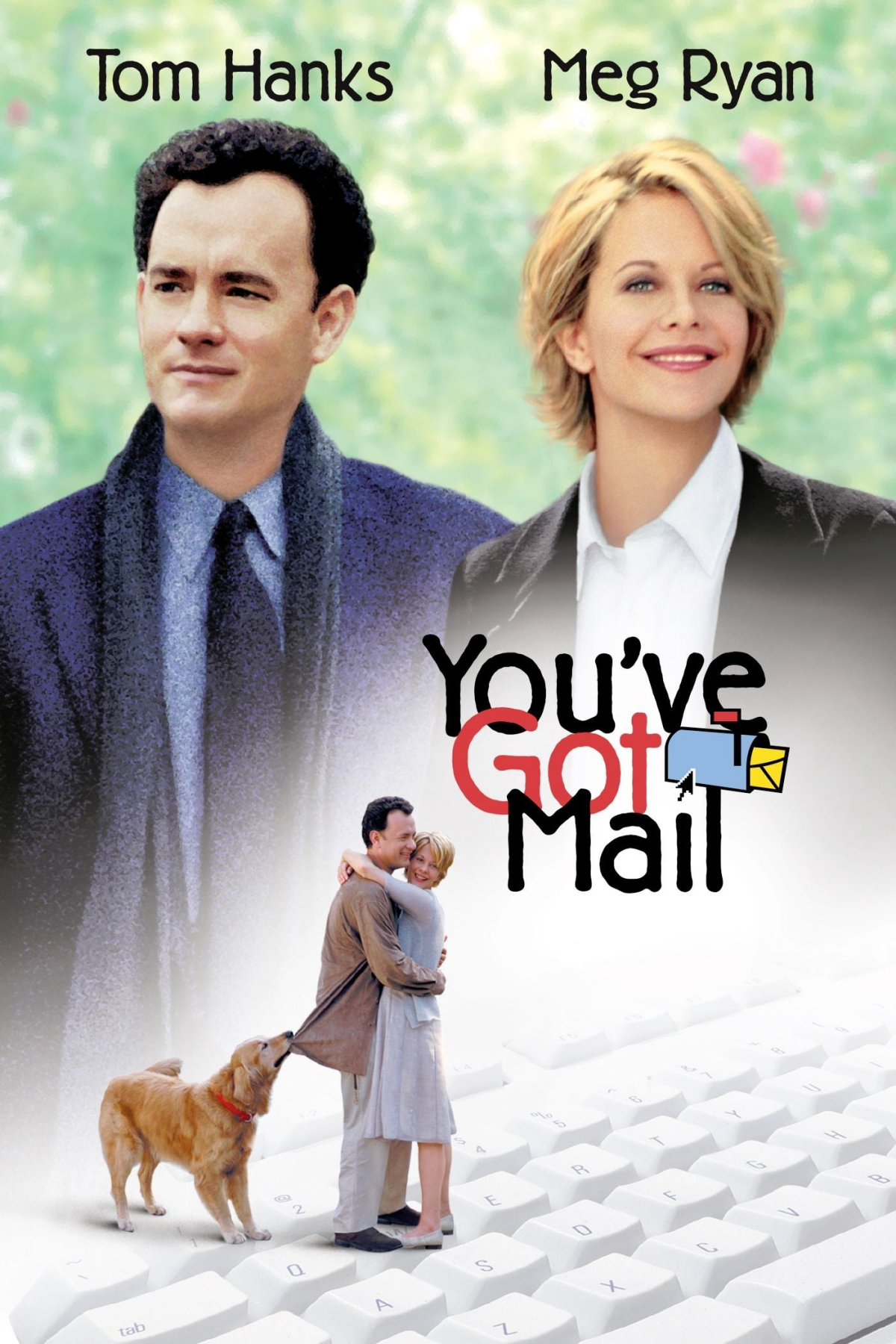
But as the story moves forward, watch how that changes. The barbs get a little softer. The questions become more genuine. They start sharing real thoughts instead of just fighting. By the end, the verbal sparring has given way to a shared language. It’s a beautiful, gradual transition.
Visual Cues: How They Share the Screen
A good director shows you the emotional journey without saying a word. At the start of the film, watch how the two leads are framed. They’re often on opposite sides of the screen, with a desk, a table, or even just empty space between them. They are in separate worlds.
As things start to thaw, the director will physically move them closer. There’s a famous scene in a classic musical about a stern captain and a cheerful governess. They’re forced into physical contact during a traditional folk dance. The camera swirls around them, and suddenly, that physical and emotional distance is just… gone. It’s a powerful visual shorthand for “things are changing.”
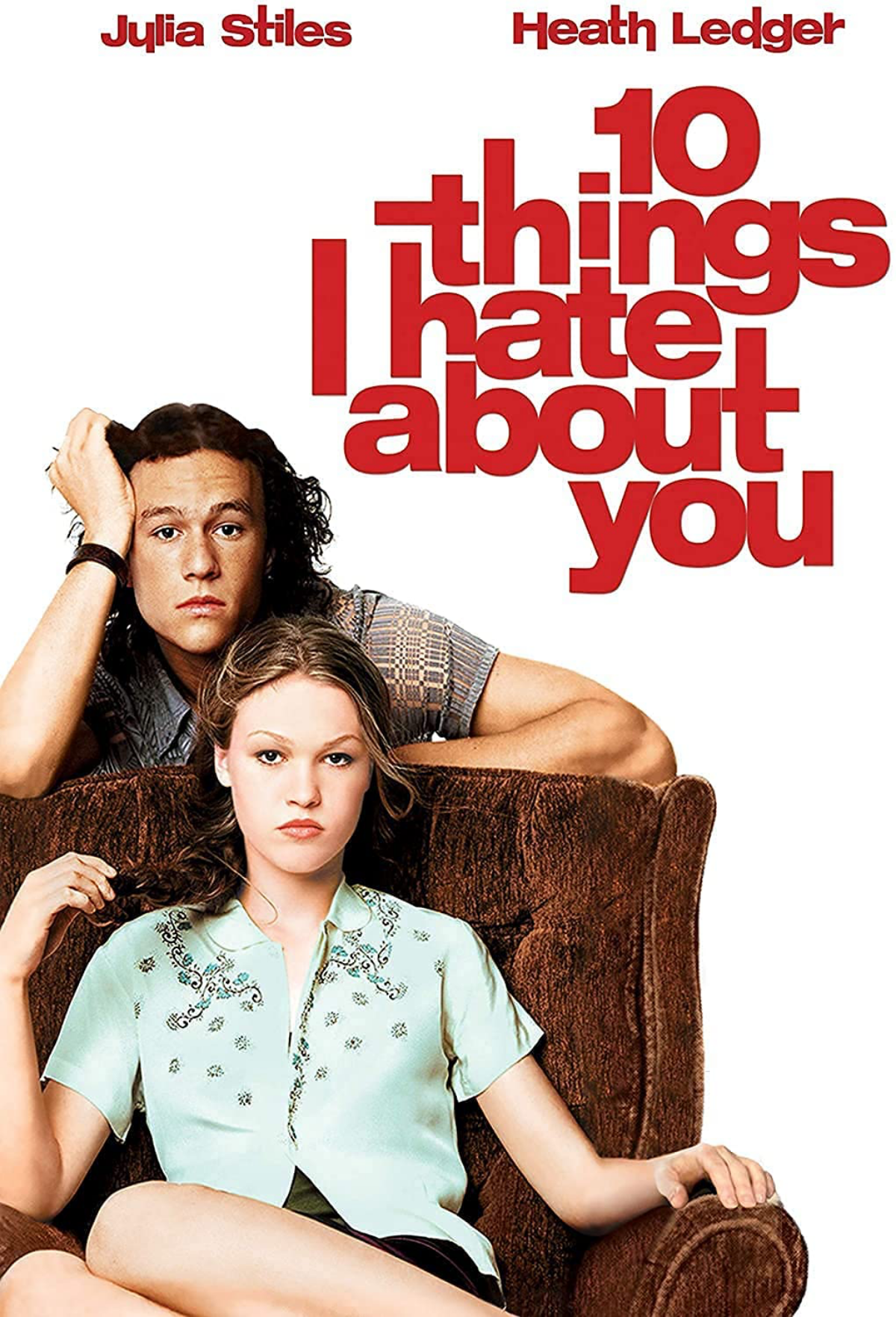
Challenge: Try This Tonight!
Next time you’re watching a rom-com, maybe something on Netflix or Hulu that costs you a few bucks a month, try this. Ignore the plot for a second and just watch the physical space between the two leads. Note how far apart they are at the beginning versus the end. Once you see it, you’ll never be able to unsee it!
Pacing the “Thaw”
The change of heart has to be gradual to feel real. If they go from mortal enemies to making out in five minutes, the audience will call foul. It’s a slow chip-chip-chipping away at a wall, not a single explosion. A great animated movie about a rule-following bunny cop and a cynical fox did this perfectly. Their partnership starts out full of mistrust based on deep-seated prejudice. Their friendship is built through a whole series of events: him defending her, her seeing his painful past, them actually succeeding as a team. We believe their bond at the end because we saw every single brick being laid.
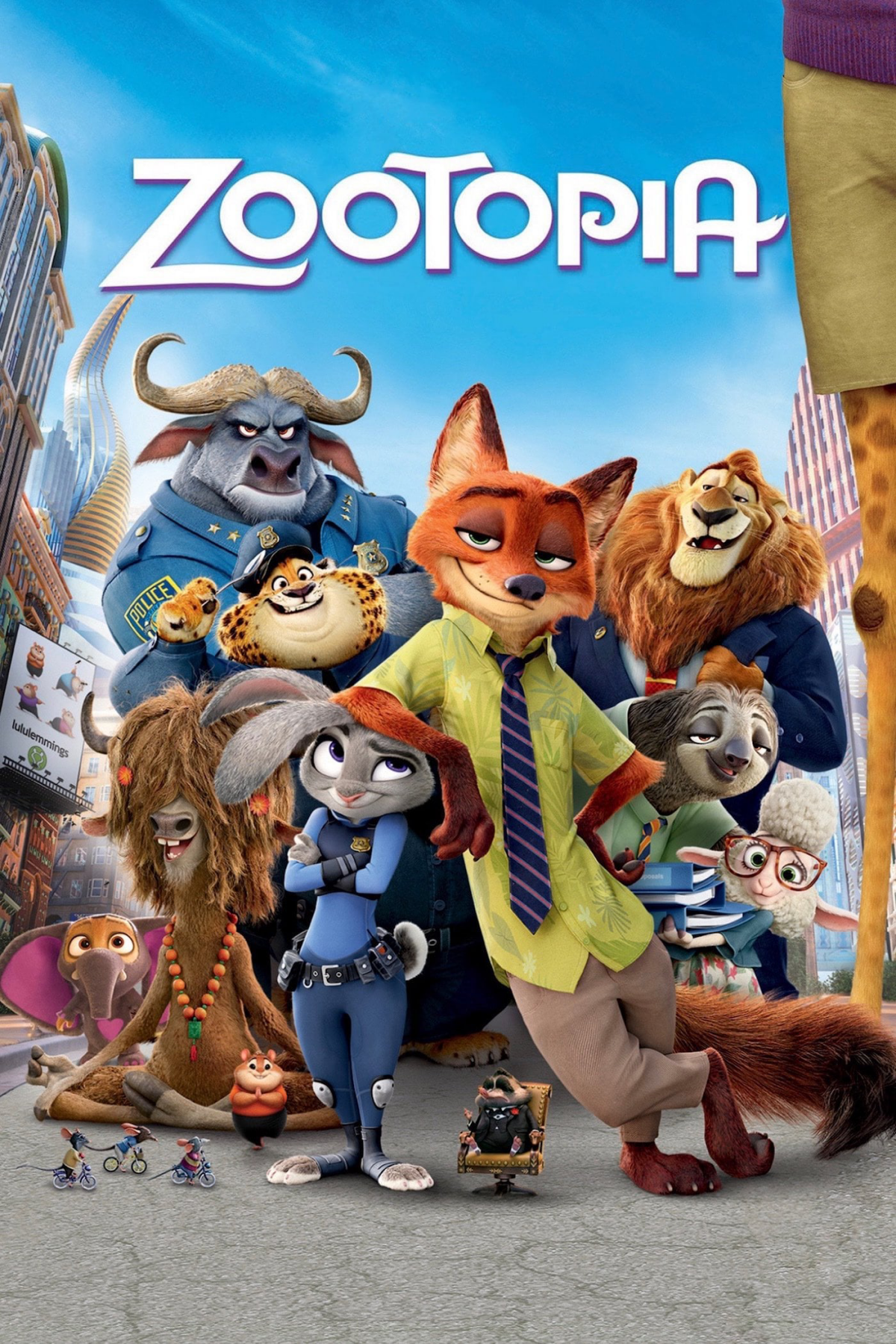
By the way, if you’re a writer, here’s a little exercise. Try plotting three small “thawing” moments for a pair of characters:
- Moment 1: An accidental shared secret. (Something embarrassing or private they now both know.)
- Moment 2: One defends the other to a stranger. (Even if they claim they’re only doing it for selfish reasons.)
- Moment 3: A moment of help with zero personal gain. (Like bringing them a coffee just because they look tired.)
Spotting the Difference: Good Tension vs. Toxic Red Flags
Okay, this is important. As a story consultant, I have to give this warning all the time. There’s a Grand Canyon-sized gap between compelling, romantic friction and a relationship that’s just plain unhealthy. The audience needs to feel safe in the fantasy.
The “hate” should come from a misunderstanding, a rivalry, or a clash of worldviews—not genuine cruelty. The insults should be clever, not soul-crushing. Here’s how to spot the difference:
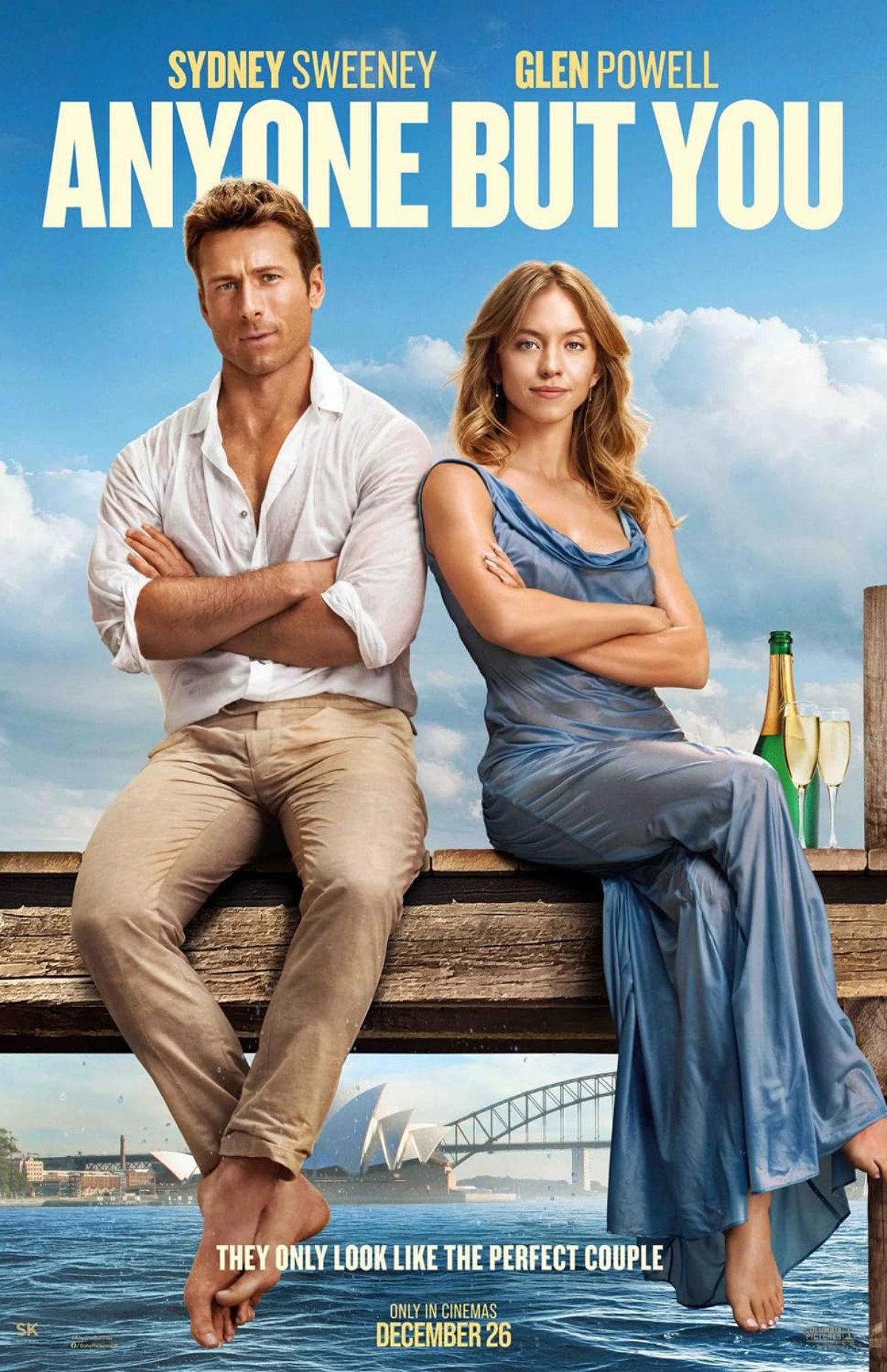
Green Flags of Healthy Tension:
- Witty Banter: The insults are smart and playful, not designed to inflict deep, personal pain. It’s a battle of wits, not a campaign of cruelty.
- Mutual Respect (Underneath It All): Even when they disagree, you can tell they see the other person as a competent, worthy opponent.
- They Defend Each Other from Outsiders: They might snipe at each other, but if someone else attacks their rival, they’re the first to jump in. It’s an “only I get to mess with you” vibe.
Red Flags of a Toxic Setup:
- Genuinely Cruel Insults: The comments target deep-seated insecurities, are publicly humiliating, or are just plain mean. There’s no wit, only pain.
- A Serious Power Imbalance: One character has all the power (they’re the boss, they’re wealthy, etc.) and uses it to control or demean the other.
- No “Earned” Transition: The shift to love feels unearned. If a character was truly awful, one grand gesture isn’t enough to make us believe they’ve changed. We need to see the work.
Some films definitely walk this line, and a few fall right over it, leaving you feeling more uncomfortable than romantic. If the story doesn’t show you why they changed, it just feels like a bad relationship waiting to happen.
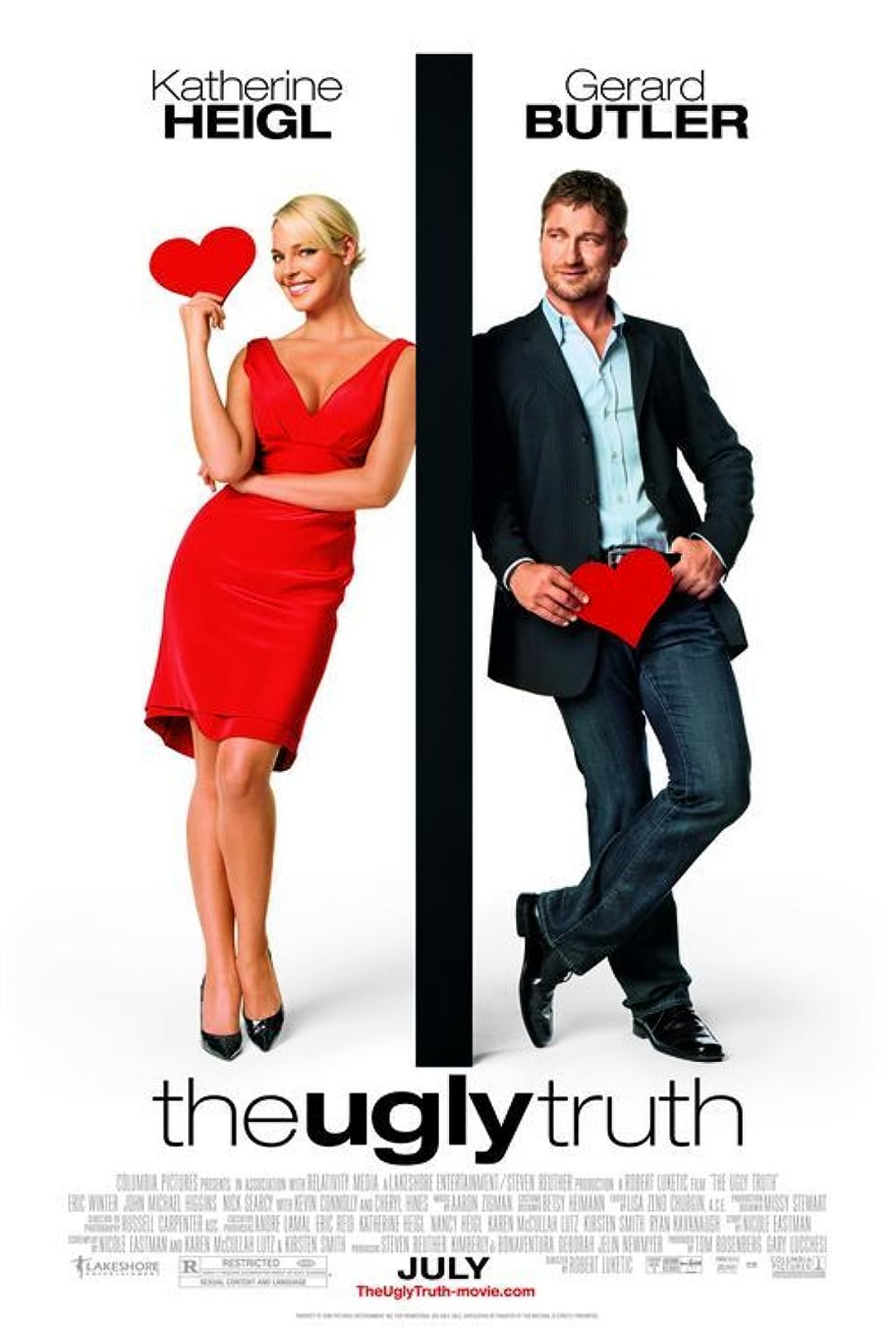
Your Enemies-to-Lovers Starter Pack
Ready to dive in? You can find most of these on major streaming services or for a rental fee of about $4 on platforms like Amazon Prime or Apple TV. Here’s a quick watchlist to get you started.
- For Classic, Witty Banter: Look for any of those snappy black-and-white comedies from the golden age of Hollywood. The ones about a spoiled heiress and a cynical reporter are a great place to start. Their fast-talking arguments are legendary.
- For Workplace Rivals: Check out The Hating Game. Notice how their little office “games” are really just an excuse to interact. A key tell is the moment he takes care of her when she’s sick—the first real crack in his armor. Or try The Proposal, where a high-stress situation forces a power-hungry boss to rely on her assistant.
- For a Modern Teen Twist: You have to see 10 Things I Hate About You. It’s a brilliant update of a classic play, but it’s so much smarter. It understands that a strong woman doesn’t need to be “tamed”; she needs someone who takes the time to understand why her walls are up.
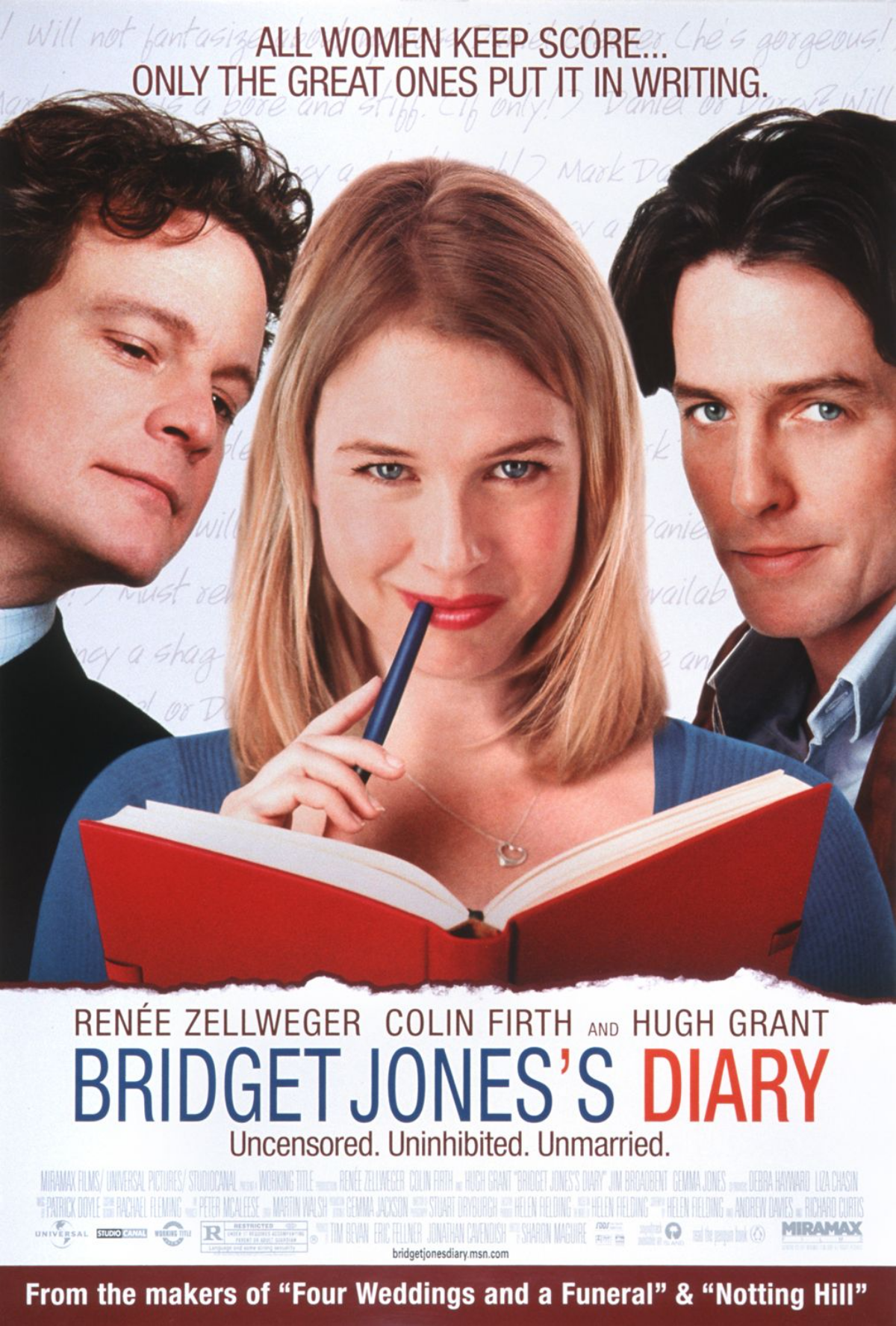
A Quick Reality Check Before You Go
It probably goes without saying, but let’s say it anyway: this is a fictional fantasy. In the real world, a relationship that starts with genuine contempt, disrespect, or cruelty is a recipe for disaster. Please don’t go looking for your own Mr. Darcy by picking fights with arrogant jerks at the coffee shop.
The trope works in stories because the writers are in complete control. They make sure that, deep down, the “enemies” are fundamentally good people who are just scared, defensive, or misguided.
For any storytellers reading this, my advice is simple. Make the reason for their animosity matter. And then, show the work. Show the doubt, the small kindnesses, the slow, messy process of two people earning their happy ending. We’re smart. We’ll know if you cheat.
So, I have to ask: what’s the one enemies-to-lovers couple you think is totally overrated, or a hidden gem that more people need to see? Drop your thoughts in the comments below!
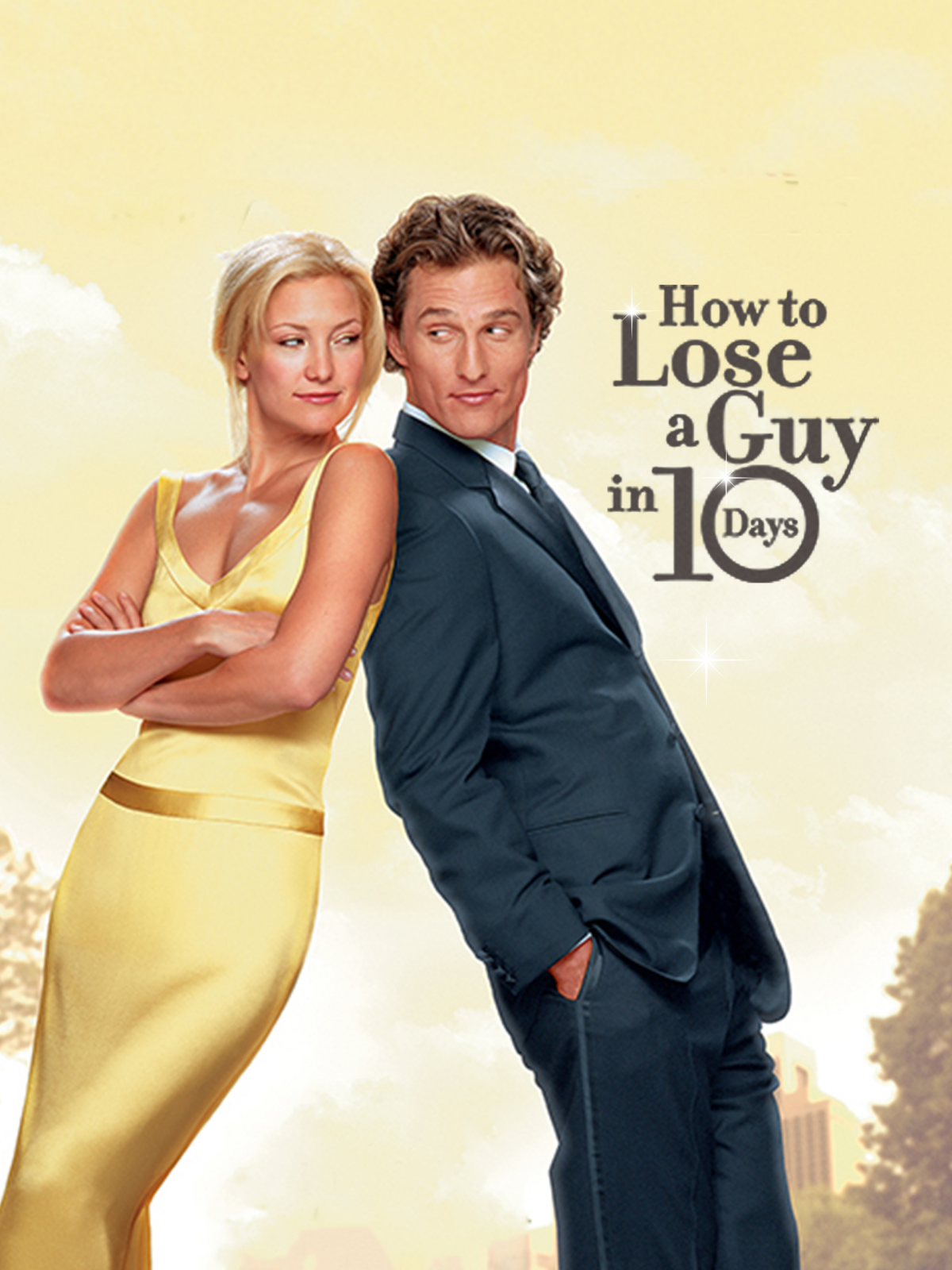
Galerie d’inspiration
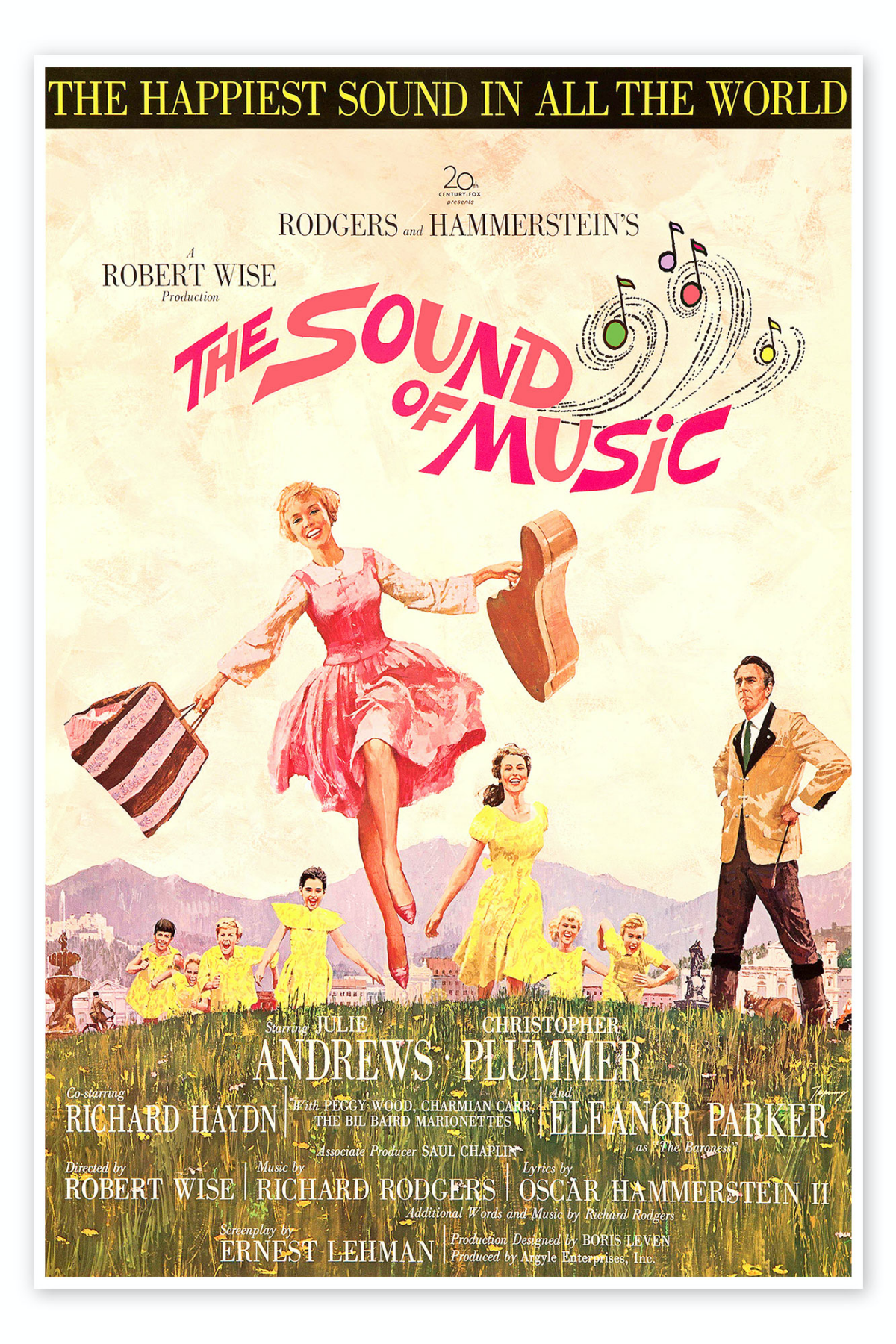
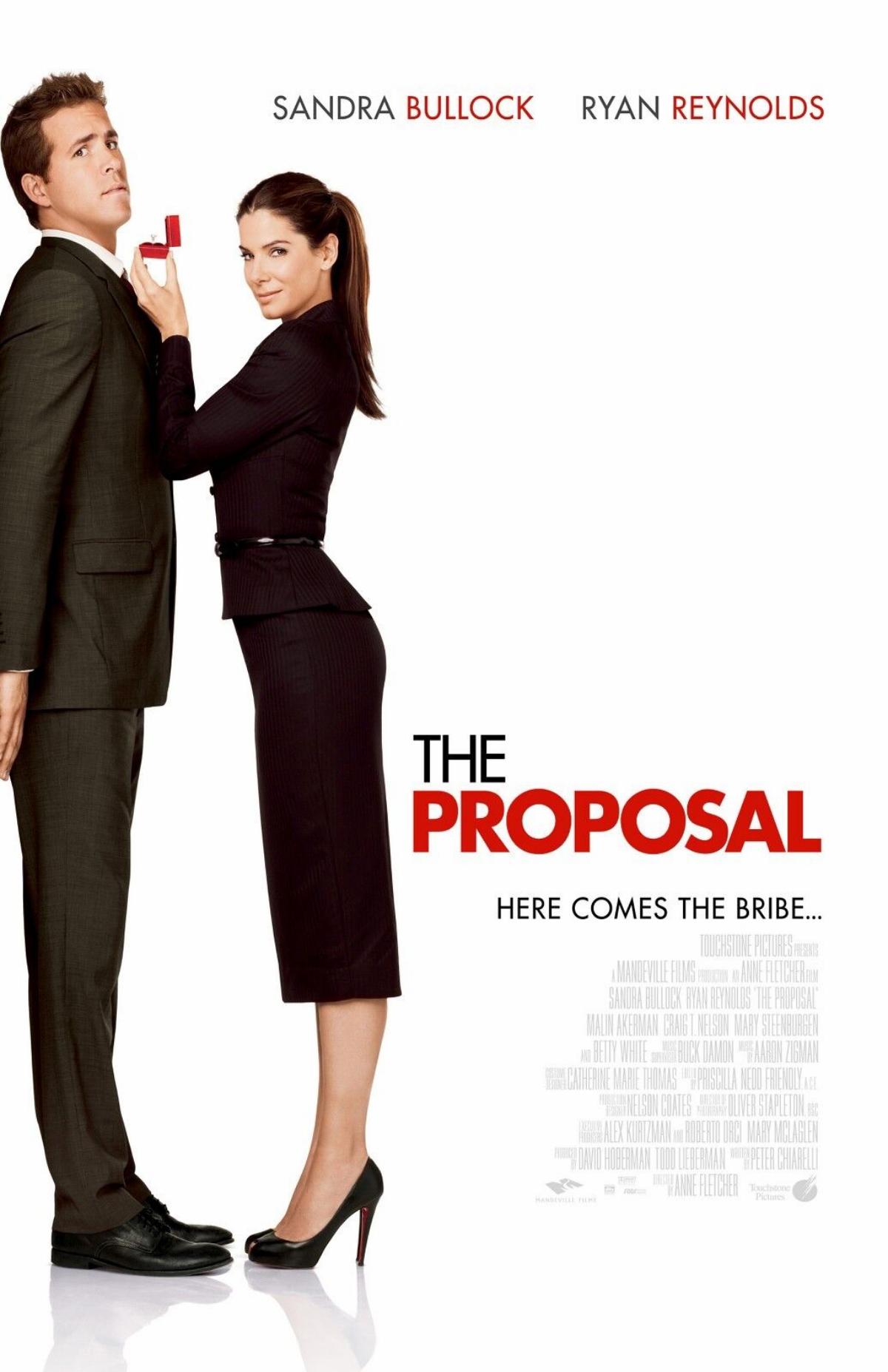
One of the most thrilling flavors of this trope is

- The exhilarating moment they must work together against a common foe.
- The shared glance that lasts a second too long.
- The slow, dawning realization that their
Classic Banter: In Shakespeare’s Much Ado About Nothing, Beatrice and Benedick’s conflict is a brilliant
According to relationship psychologists, the principle of
A crucial distinction: There is a fine line between a compelling enemy and an irredeemable bully. The magic of the trope evaporates if the power dynamic is severely imbalanced or if one character’s actions are genuinely cruel without consequence. A true
How do you make the turning point from hate to love feel earned and not sudden?
The secret is in the ‘cracks in the armor.’ It’s not one grand gesture, but a series of small, private moments. A flash of unexpected vulnerability, an act of grudging protection, or a shared secret that forges a fragile, unspoken bond. Great authors, like Sally Rooney in Normal People, build this foundation brick by brick, so when the characters finally give in, it feels like a natural, necessary conclusion.
The global fanfiction community, a hotbed for trope experimentation, hosts millions of stories. On Archive of Our Own (AO3), the
Looking to binge-watch this dynamic? Here’s where to find some prime examples:
- Netflix: Dive into the Regency-era scandal and simmering tension between Anthony and Kate in Season 2 of Bridgerton.
- Hulu: For a modern classic, The Proposal delivers the quintessential fake-dating-meets-workplace-rivals setup.
- Apple TV+: The grumpy-meets-sunshine dynamic between Roy Kent and Keeley Jones in Ted Lasso is a masterclass in slow-burn affection disguised as annoyance.
This beloved narrative isn’t just a modern invention. It traces back to mythological roots, like the story of the Greek gods Hades and Persephone. Their tale of abduction and forced proximity, evolving into a story of shared power and unexpected understanding, is a proto-enemies-to-lovers arc that has inspired countless retellings, from Katee Robert’s steamy Neon Gods to the acclaimed musical Hadestown.
